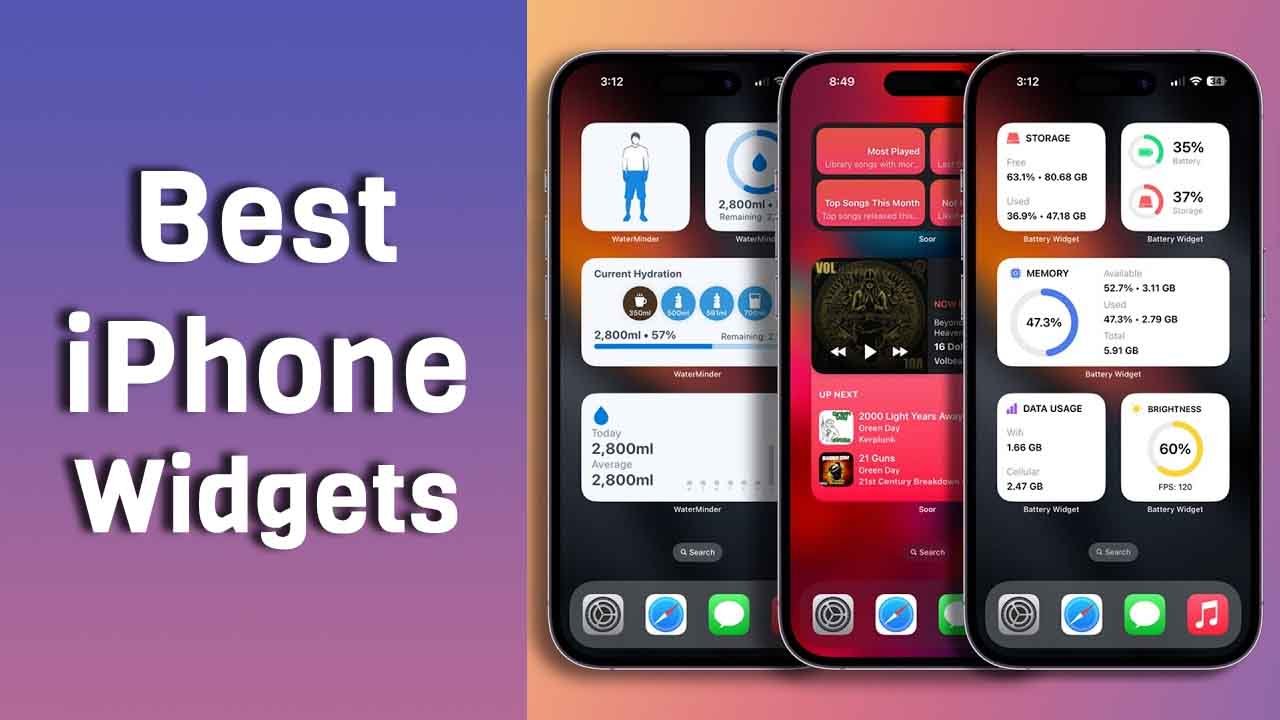Minecraft is a sandbox game that revolves around an intricate, block-based world. Every aspect of gameplay—whether crafting, exploring, or battling—depends on understanding blocks and their applications. With over 150 types of blocks, each serving unique purposes, mastering their usage significantly enhances gameplay.
This detailed guide will explore the diverse categories of blocks in Minecraft, including their functions, crafting recipes, and best use cases.
Fundamental Block Categories
1. Natural Blocks
Natural blocks make up the Minecraft world’s terrain and biomes. These include:
- Dirt and Grass Blocks
- Cover the overworld, supporting plant growth.
- Grass blocks spread naturally to adjacent dirt blocks under sufficient light.
- Podzol and Mycelium are biome-specific dirt variants used in specialized farming.
- Stone and Ores
- Stone, Andesite, Granite, and Diorite offer variety for construction.
- Cobblestone, obtained from mining stone, is a primary building material.
- Ore Blocks (Coal, Iron, Gold, Diamond, Netherite) are crucial for crafting tools and armor.
- Sand and Gravel
- Sand is used to craft glass and TNT.
- Gravel drops flint, essential for making arrows.
- Clay and Mud
- Clay is smelted into bricks or crafted into terracotta.
- Mud (from the Mangrove Swamp biome) can be turned into packed mud for building.
2. Building Blocks
Building blocks form the foundation of Minecraft’s architecture. These include:
- Wood and Planks
- Different wood types (Oak, Birch, Spruce, Jungle, Acacia, Dark Oak, and Mangrove) provide diverse aesthetics.
- Wood is used for houses, fences, tools, and decorative elements.
- Bricks and Stone Variants
- Crafted from clay balls, bricks provide a classic red aesthetic.
- Stone bricks, polished stone, and blackstone enhance fortress-style builds.
- Concrete and Terracotta
- Concrete comes in vibrant colors, making it ideal for artistic creations.
- Terracotta is dyed clay that adds texture to walls and flooring.
- Quartz and Nether Blocks
- Quartz, obtained from Nether quartz ore, is used for modern builds.
- Basalt and Blackstone are essential for creating gothic or medieval themes.
3. Utility Blocks
Utility blocks help players craft, smelt, store items, and automate processes.
- Crafting Table
- The most essential block, allowing access to a 3×3 crafting grid.
- Furnace and Blast Furnace
- Furnaces smelt ores, cook food, and create glass.
- Blast furnaces work faster but are limited to ore smelting.
- Smoker and Campfire
- Smokers cook food twice as fast.
- Campfires serve as light sources, decorative elements, and smoke signals.
- Barrel and Chest
- Chests store up to 27 stacks of items.
- Barrels provide vertical storage without requiring extra space to open.
- Ender Chest
- Provides secure storage across dimensions, only accessible to the player.
- Bed
- Sets spawn points and skips the night cycle.
4. Redstone Blocks (Automation & Mechanics)
Redstone introduces electricity-like mechanics, enabling automation and engineering.
- Redstone Dust
- Functions as wiring, transmitting signals across devices.
- Redstone Torch
- Emits a constant power signal, used in circuits.
- Repeater and Comparator
- Repeaters extend signal range.
- Comparators manage input strengths and block states.
- Pistons and Sticky Pistons
- Move blocks to create doors, traps, and elevators.
- Observers and Hoppers
- Observers detect block updates, triggering automation.
- Hoppers transfer items between containers.
This circuit moves a block using a piston while an observer detects changes and triggers a redstone lamp.
5. Decorative Blocks
Decorative blocks enhance aesthetics in Minecraft builds.
- Glass and Stained Glass
- Transparent blocks allowing light to pass through.
- Stained glass adds color variations.
- Carpets and Wool
- Wool, dyed into 16 colors, is used for carpets, banners, and beds.
- Paintings and Item Frames
- Paintings display pixel art.
- Item frames showcase tools, weapons, or maps.
- Flower Pots and Lanterns
- Used to decorate houses, gardens, and pathways.
6. Environmental Blocks (Biomes & Terrain Features)
Certain blocks are biome-specific, affecting gameplay mechanics.
- Leaves and Logs
- Found on trees, logs provide wood, and leaves decay if not connected to logs.
- Flowers, Mushrooms, and Coral
- Flowers craft dyes.
- Mushrooms grow in low-light areas.
- Coral only thrives underwater.
- Water and Lava
- Essential for farming, obsidian generation, and redstone mechanisms.
- Froglight
- A new decorative light block, created when frogs eat magma cubes.
7. Specialty Blocks (Endgame & Rare Items)
These blocks have special mechanics or are obtained through rare encounters.
- Obsidian
- Extremely durable and used for Nether portals.
- End Portal Frame
- Forms the gateway to the End dimension.
- Beacon
- Grants players status effects like Speed, Strength, or Regeneration.
- Dragon Egg
- A rare trophy obtained after defeating the Ender Dragon.
- Shulker Boxes
- A portable storage unit that retains items when broken.
Conclusion: Mastering Minecraft’s Blocks
Minecraft’s block system offers endless creativity, allowing players to build, automate, and explore efficiently. Whether constructing an elaborate castle, an automatic farm, or a hidden redstone contraption, understanding block mechanics is key to success.
As the game continuously updates, new blocks and features expand the possibilities, making Minecraft a constantly evolving experience. Keep experimenting with different blocks to optimize your builds and gameplay strategies.










